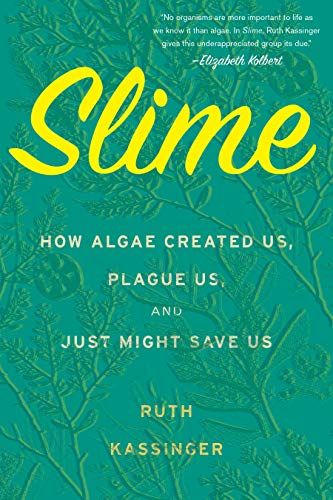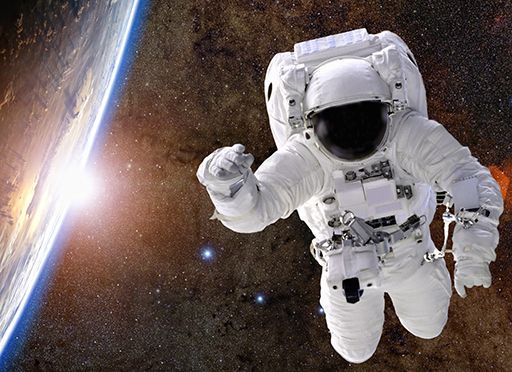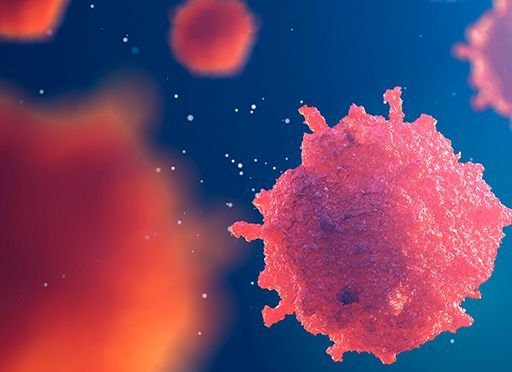Botany expert Ruth Kassinger explores the almost infinite universe of algae, its history, its role in Earth’s development, its influence on the development of the human brain and algae’s possible utility as a tool to mitigate climate change.

The Wonder of Algae
In this entertaining popular-science overview, botany expert Ruth Kassinger details how scientists and entrepreneurs explore algae as an ingredient in alternative fuels, a basis for carbon-neutral plastic, and a tool for clearing pollution from lakes and rivers. Algae, she explains, created half the oxygen in Earth’s atmosphere, acted as regulators of the planet’s temperature, served as the foundation of the oceans’ food chain and – by evolving into plants – pioneered life on land. Kassinger details these photosynthesizing organisms – which range from tiny unicellular creatures in pond scum to multicellular seaweed over 150 feet tall – and all their fascinating, multi-use applications.
Algae
At the beginning of life on Earth, algae created much of the oxygen in the oceans and on land, and for billions of years served as a direct or indirect food source for all marine organisms.
There are more algae in the oceans than there are stars in all the galaxies in the universe.Ruth Kassinger
Land-based plants evolved from single-celled algae, charophytes. The journey to land probably began when charophytes adapted to living in fresh water. Algae possessed “threadlike extrusions,” or rhizoids – if a charophyte washed onto shore, its rhizoids held it in place and drew water from the soil.
Seaweed
Some scientists theorize that algae aided the development of humans’ relatively large brains. The hominin Australopithecine, living in the forests of Africa as far back as four million years ago, initially subsisted on leaves and nuts. As the climate dried, Kassinger tells, Australopithecines moved onto the savannas, lakes and marshes, where they ate fish, shellfish, plants and seaweed. This diet offered sufficient calories to support the development of larger brains. It also provided crucial brain-building nutrients such as iodine, along with the polyunsaturated fatty acid DHA (docosahexaenoic acid) that algae-eating fish provided.
Homo sapiens evolved in Africa about 230,000 years ago. A glacial age later killed most of the species and survivors moved to the warmer southern tip of the continent. There they added salt-water mollusks and seaweed to their diet, accessing iodine and DHA.
Without algae in the hominin diet, we would never have parted ways with our less brainy primate relatives.Ruth Kassinger
Seaweed is a crucial aspect of the daily diet in East Asian countries. Sushi chefs, for example, use the dark-green seaweed nori to wrap sushi rolls. Nori, like other seaweeds, offers nutrients including protein, fiber, omega-three oils, and vitamins and minerals. The Japanese, Kassinger notes, consume an average of 14 grams of seaweed daily, and are among the world’s longest-lived people.
Algae’s Uses
Kassinger explains how seaweeds used as fertilizers enrich soil with minerals and promote crop growth by providing nutrients to fungi that live in plants’ root tips, helping the plants capture nutrients and water from soil. Phycocolloids may work as a sunblock, a delivery medium for insulin or to fight microbial infections.
If it takes $10 billion – or $20 billion or $30 billion – to get to algae oil, not only is the price small compared to what has been spent on fossil fuel development, it is a drop in the bucket compared to the trillions of dollars we will lose to continued global warming.Ruth Kassinger
The footwear company Vivobarefoot, for example, uses algae to manufacture a plastic polymer for use in running shoes.
Efforts to produce an algal fuel garnered much attention in the early 21st century, as oil prices soared to $160 per barrel. However, Kassinger points out, no algae pioneer has yet produced fuel at a price competitive with fossil fuels.
Climate Change
The world’s coral reefs are crucial to the underwater environment. A third of marine species shelter in reefs, and reefs help dissipate ocean wave energy, thus protecting shorelines from erosion and other damage. Reefs are critical to humanity’s economic and nutritional well-being.
Algae are the glue that holds reefs together. Fish and other animals that live in and around in feed on algae – either directly, or by consuming animals that eat algae.
Sadly, Kassinger tells us, 60% of the Caribbean’s living corals have disappeared in the past 30 years, and will probably vanish completely in 20 years. The world’s coral reefs may be extinct by midcentury.
As the oceans warm and fertilizer runoff increases, toxic algal blooms appear in lakes and oceans, endangering humans, pets and wildlife. The Gulf of Mexico, for example, experiences an annual spring “super bloom” along the coast of Texas resulting from agricultural fertilizers and manure from many states running into the Mississippi River, which carries this toxic runoff into the Gulf. When the algae in the bloom die, they become food for “aerobic bacteria,” which multiply wildly and reduce oxygen in the water. This results in a dead zone, with insufficient oxygen to sustain marine life.
Scientists investigate recruiting algae to mitigate anthropogenic climate change. Algae cooled the Earth’s climate in the distant past by releasing oxygen and absorbing carbon dioxide. When algae die, they sink to the ocean floor, where the CO2 they absorbed remains sequestered for millennia.
While there are few reasons to feel hopeful about the environment, the power of algae is one of them.Ruth Kassinger
Kassinger mentions the seaweed Asparagopsis taxiformis, which shows promise in combating another significant – but quite lesser known – source of greenhouse gas: cows and their digestive tracts. Along with other agricultural ruminants, cows pass methane gas into the atmosphere via their burps and flatulence; methane is a more potent greenhouse gas than CO2. In trials, adding small amounts of Asparagopsis to cows’ diets lowered their methane production to trivial levels.
Love of Algae
Kassinger is an ace plant explainer. Her love for the world of vegetation shows in her enthusiasm for algae, and recruits readers to share her passion. She may love Latin terms too well, and they are among the most forgettable words in Kassinger’s comprehensive, unlikely, and compulsively readable treatise. Her tone shifts between that of a high school textbook and a connoisseur’s profound appreciation for the processes of the natural world. Kassinger is a lively, crackling writer who falls only occasionally into a scientific over-explanation that slows her tale.
Ruth Kassinger also wrote Paradise Under Glass and A Garden of Marvels. Other compelling books on similar subjects include Seaweed Chronicles by Susan Hand Shetterly; Eat Like a Fish by Bren Smith; and Nose Dive by Harold McGee.








